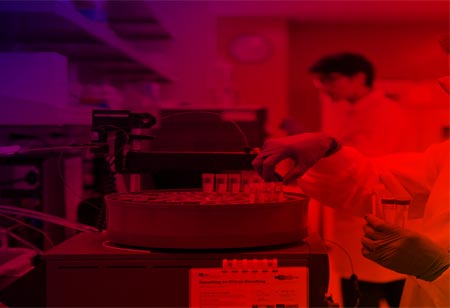Catalysis is the backbone of several industrial procedures, which employ chemical reactions to convert raw materials into helpful products.
FREMONT, CA: Almost all in daily life relies on catalysts. Catalysts accelerate a chemical reaction by reducing the energy required to get one going. Catalysis is the backbone of several industrial procedures, which employ chemical reactions to convert raw materials into helpful products. Catalysts are essential in making plastics and numerous other manufactured items.
Even the human body drives on catalysts. Several proteins in your body are catalysts called enzymes, which do all from generating signals that move your limbs to help digest your food. They are a basic part of life.
Small things can have big outcomes.
Generally, you require just a small amount of a catalyst to make a distinction. Just the size of the catalyst particle can modify how a reaction runs.
It can make things greener.
Industrial manufacturing procedures for plastic and other essential items often produce nasty by-products that can harm human health and the environment. Better catalysts can help solve that problem.
A catalyst is a means to save energy. And using catalysts on a grand scale could save the world loads of energy. 3% of the energy employed in the U.S. annually goes into converting ethane and propane into alkenes, which are utilized to make plastics, among other things. That's the equivalent of beyond 500 million barrels of gasoline.
Catalysts are also important in unlocking biofuels. All biomass—corn, switchgrass, trees—includes a tough compound called cellulose, which must be shattered to make fuel. Discovering the ideal catalyst to disintegrate cellulose would make biofuels cheaper and more viable as renewable energy sources.
Computational modeling produces prospects for the best catalysts and attractive images, like this model of a platinum catalyst engaging with oxygen atoms (red) and hydrogen atoms (white).
The reason they work is often not considered.
The specific reasons why catalysts work is frequently still a mystery to scientists. Curtiss operates in computational catalysis: through computers to address the complex interplay of physics, chemistry, and math that demonstrates how a catalyst operates.
Once they've understood the process, scientists can try to create a catalyst that works even better by simulating how various materials might work instead. Possible configurations for new catalysts can mount up to thousands of combinations. That's why supercomputers are best at dealing with them.
The next big revolution in batteries may be driven by them.
Newly effective lithium-ion batteries allowed turning clunky car phones into the slim, fine cell phones and laptops available today. But scientists are already seeking the later revolution in batteries—one that could one day make a battery light and strong enough to take a car 500 miles at a go. An encouraging idea is lithium-air batteries, which use oxygen from the air as a major component. But this modern battery will require revamping the internal chemistry and a powerful new catalyst to make it work. A lithium-air battery combines lithium and oxygen atoms and then repeatedly breaks them apart. That is a case tailor-made for a catalyst, and a better one would make the reaction faster and the battery more efficient.

